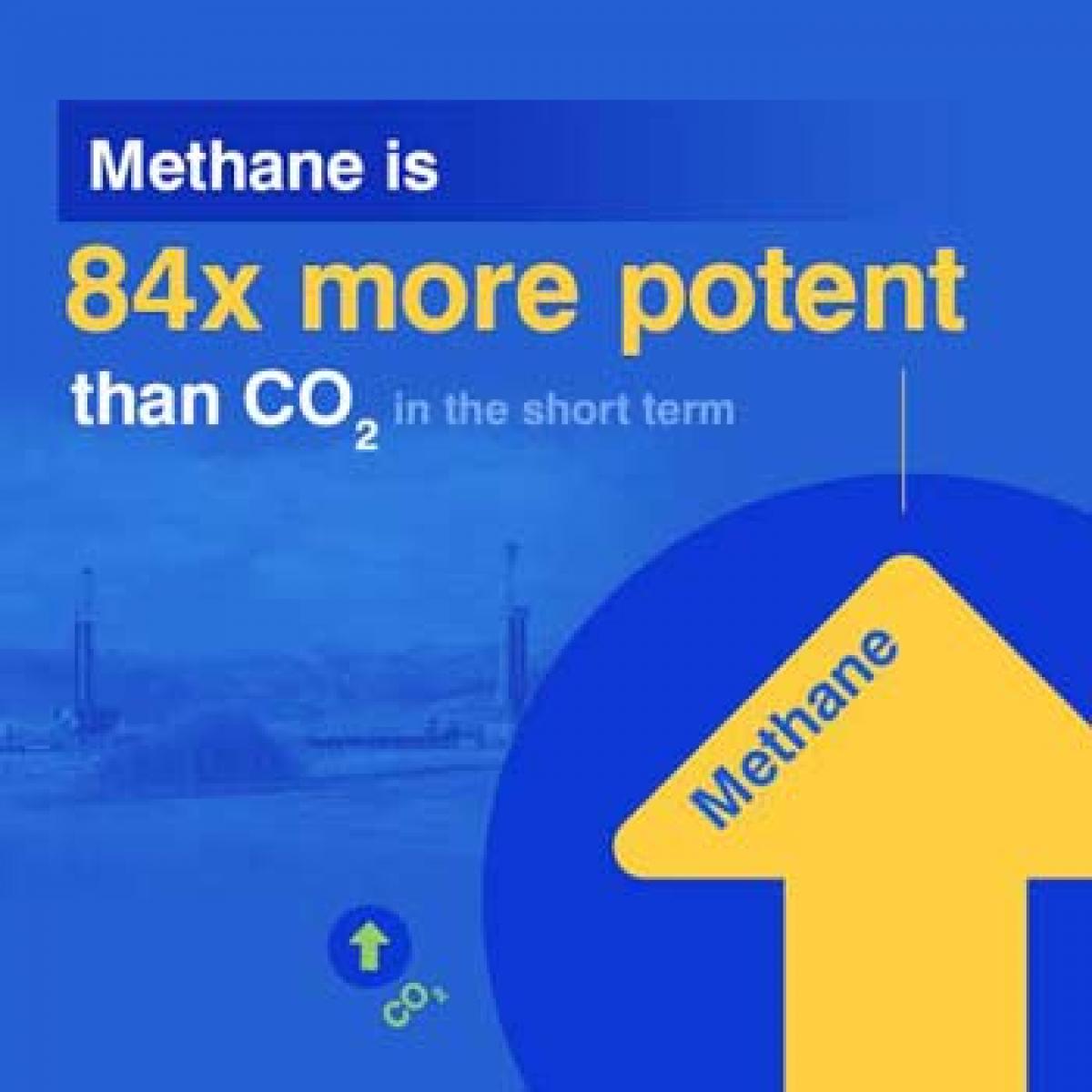Live
- Food waste crisis fuels sustainable practices across APAC food & beverage industry: Report
- AI helps erase racist deed restrictions in California
- ATMIS completes third phase of troops' drawdown in Somalia
- PM Kisan Samman Nidhi scheme bringing smile to Nalanda farmers
- German economy forecast to lag eurozone growth until 2026
- CM Shinde orders stern action against hoarding of onions amid rising prices
- Protest rallies in Manipur against 'mass killing of 10 village volunteers'
- Open Network for Digital Commerce: Tirupati corporation to promote SHG groups products online marketing
- 4th T20I: India elect to bat first in series decider vs South Africa
- The Telangana Woman Sushma Thodety Shines in the UMB Pageant's ‘Mrs. India’ Competition





 Although, the majority of greenhouse gas emissions are carbon dioxide, non-CO2 greenhouse gases such as methane, nitrous oxide, and fluorinated greenhouse gases contribute significantly to climate change. But, they find less mention than carbon dioxide at the Paris climate talks. These non-CO2 greenhouse gases have more significant climate change effects than carbon dioxide on a per-ton basis, and many have greater short term impacts than CO2.
Although, the majority of greenhouse gas emissions are carbon dioxide, non-CO2 greenhouse gases such as methane, nitrous oxide, and fluorinated greenhouse gases contribute significantly to climate change. But, they find less mention than carbon dioxide at the Paris climate talks. These non-CO2 greenhouse gases have more significant climate change effects than carbon dioxide on a per-ton basis, and many have greater short term impacts than CO2. 



